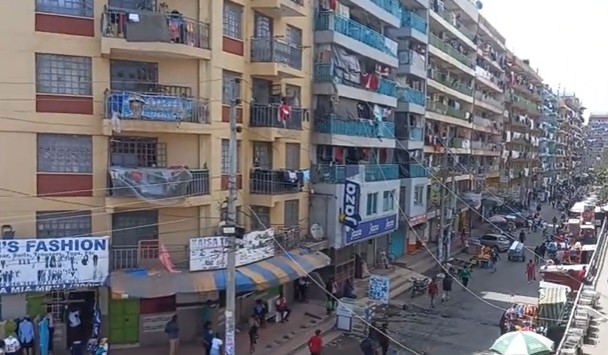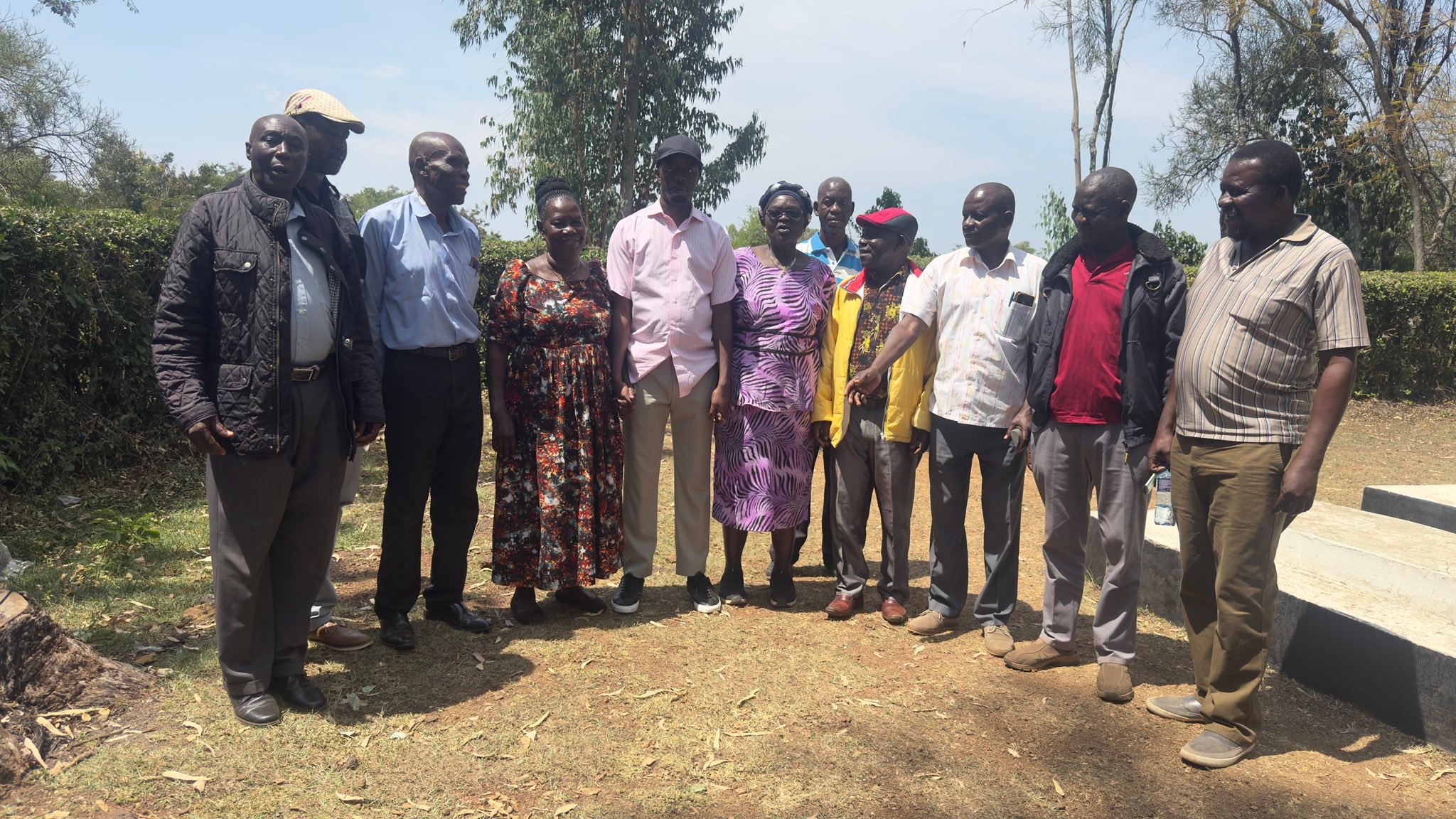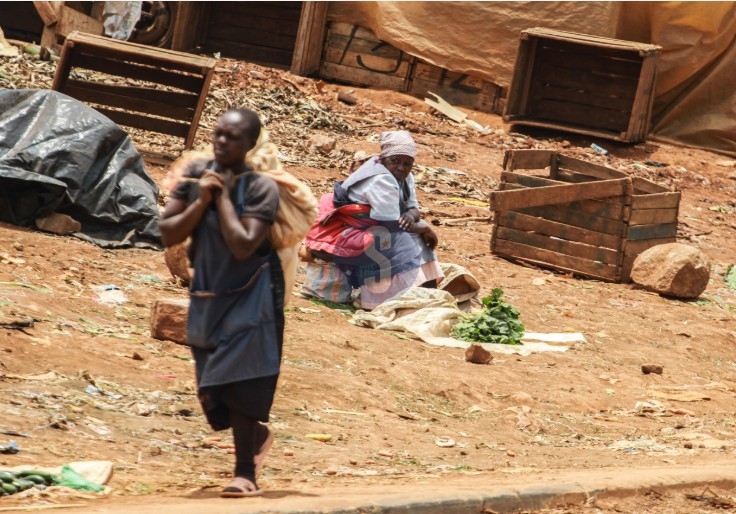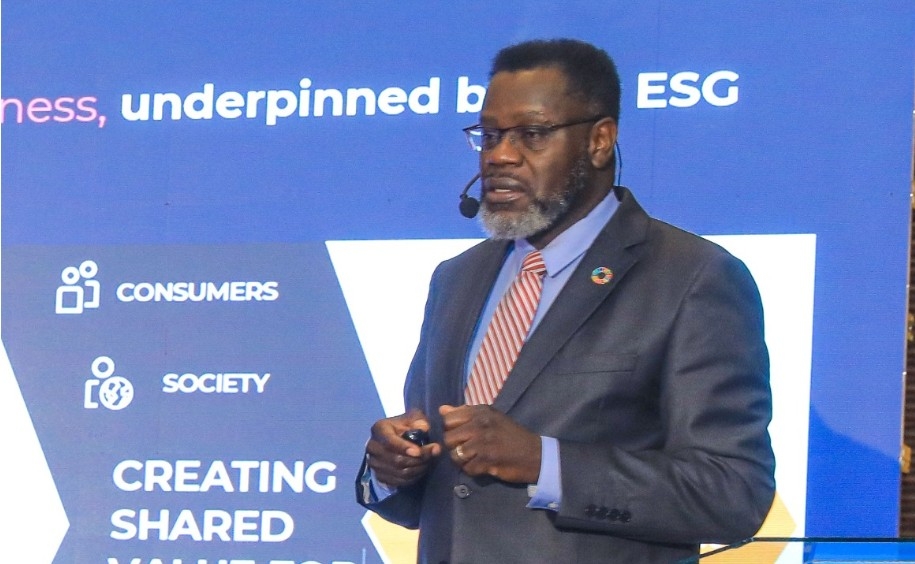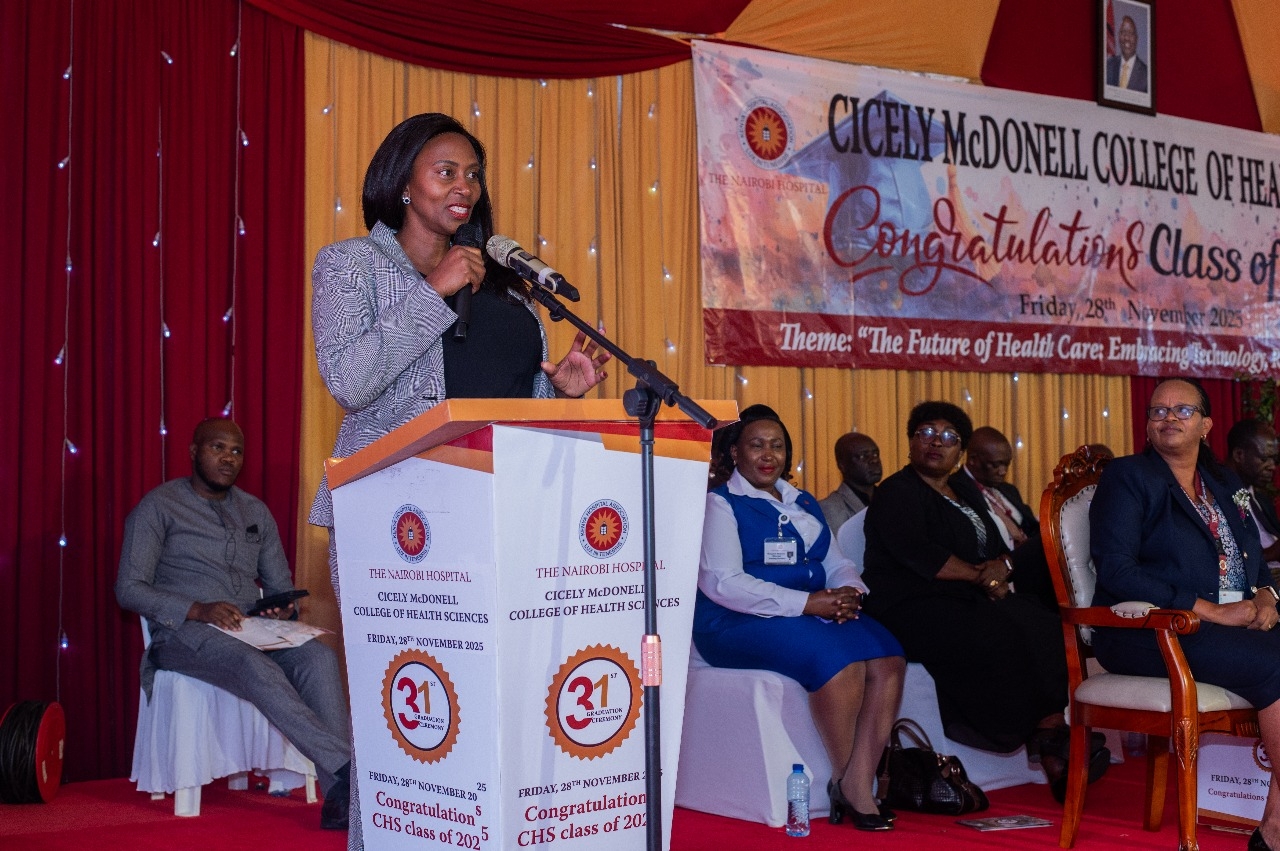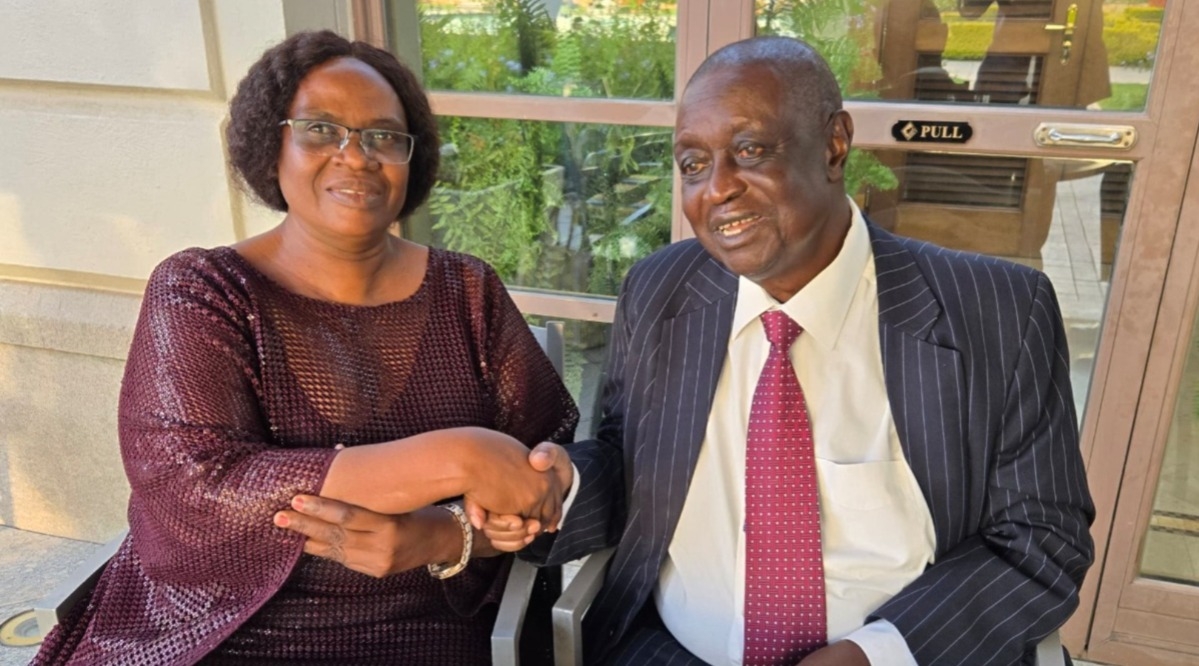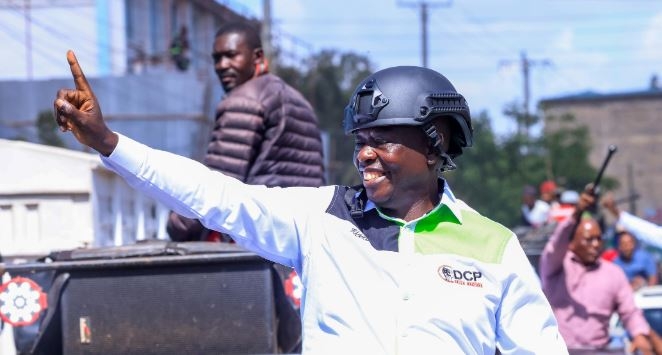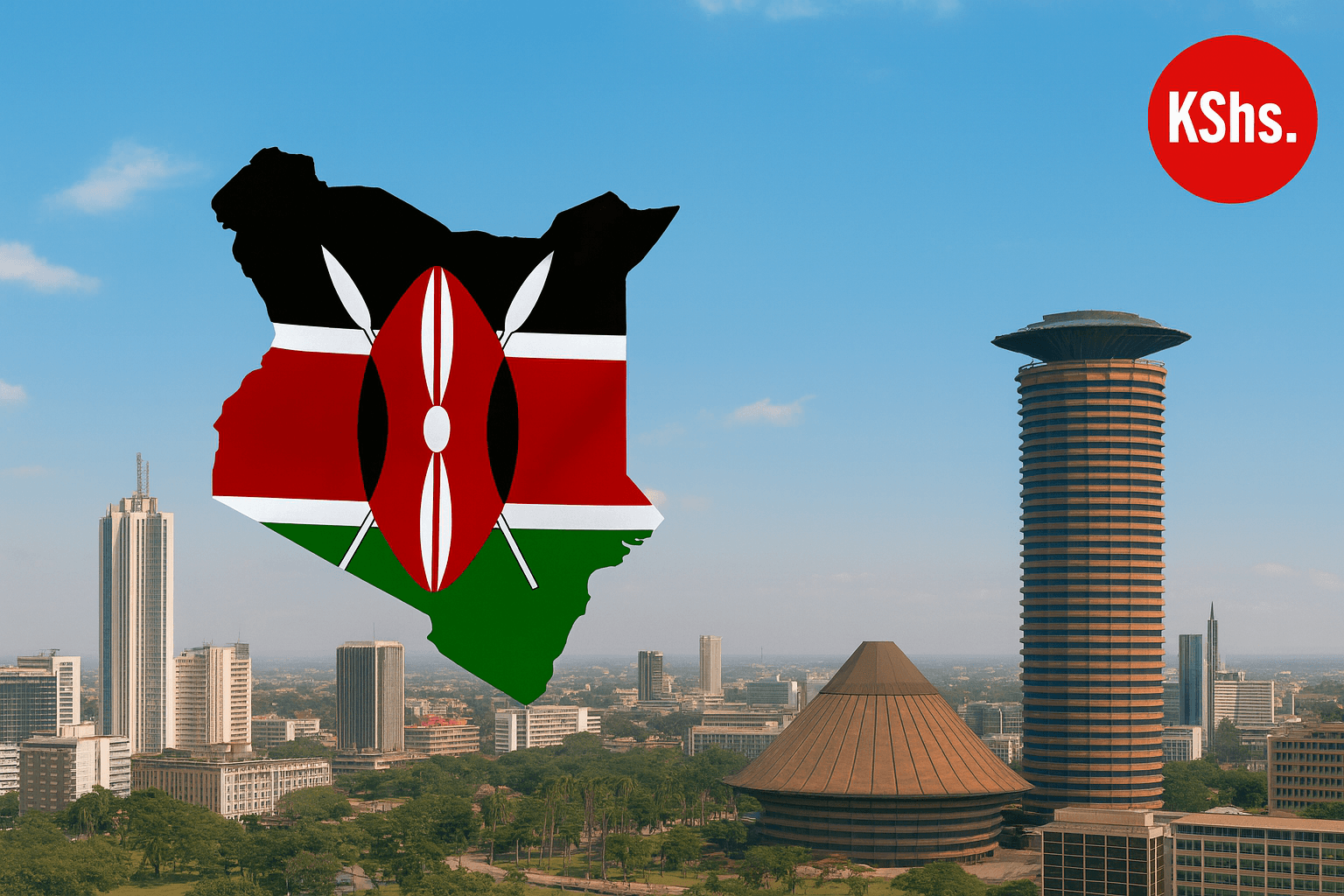Sarah Omega, 49, a fistula survivor and champion leading Let’s End Fistula Initiative (Lefi) organisation, stayed out of marriage for 12 years after she was hit by fistula.
Fistula entails a hole between the bladder and vagina formed due to prolonged obstructed labour that leads to uncontrollable leakage of urine or stool.
Omega said she got pregnant at a tender age leading to a stillbirth. This left her with an injury that led to fistula.
“I got a fistula condition when I was 19 years old. The baby was huge and during birth, it could not pass because the birth canal was narrower. The baby weighed about 4. kg,” Omega said.
She was speaking at Cheptais Subcounty Hospital during the International Day to End Obstetric Fistula Among Women.
Omega experienced long obstructed labour pains that contributed to the formation of the condition, which sent her into depression as she was rejected by family and friends.
The World Health Organisation (WHO) states that obstetric fistula affects between 50,000 and 100,000 women annually. It's also estimated that more that 2 million young women live with this untreated condition in Asia and sub-Saharan Africa.
In Kenya, two women get fistula condition in every 100 births, resulting in 2,400 new cases.
“The moment it was confirmed that I was battling fistula, I rejected myself before I was rejected. I could not go out and do the things I used to do as a teenager. I felt I was trapped. The condition sent me into isolation,” Omega said.
During periods, she battled unbearable pains from the genital part that resulted from friction.
“I could spend my nights crying because of the unbearable pain from the genital source. During the day, you have to really starve yourself but with friction in the nights, the friction and the pain were inescapable,” she said.
After battling fistula for 12 years, she developed depression and was taken to Moi Teaching and Referral Hospital (MTRH), and it is the place where she learnt about fistula treatment.
While still at MTRH is when she underwent fistula surgery repair and her life was restored.
After healing from fistula, she became a fistula champion and formed an organisation Lefi, that advocates for fistula matters in Kenya that is currently active in nine counties.
The counties include: Bungoma, West Pokot, Vihiga, Kakamega, Siaya, Migori, Trans Nzoia, Uasin Gishu and Busia. She is the founder and chief executive officer of Lefi.
Omega said Let’s End Fistula Initiative is an NGO committed to ending maternal-related complications with focus on obstetric fistula.
Her organisation rolls out programmes through four strategic focus areas: find and link fistula patients with fistula treatment opportunities, economic empowerment, social integration and encouraging the survivors to become advocates.
Through her fistula advocacy, she has reached out to more than 2,000 women, whom she followed up on until they got treatment and healed. She said in Bungoma, through advocacy, the plight of 100 women has been ended.
She said maternal deaths are caused by three delays: a delay in making a decision whether to seek medical attention, a delay in getting to the facility, and a delay in being attended to while in the facility.
To address the delays and curb maternal deaths, the fistula champion said her organisation is working with the communities where fistula champions are serving as champions for safe child birth.
They are using their own stories and experiences to create awareness in their respective villages.
“We are focusing on the prevention messaging, focusing on issues around expectant women utilising antenatal services and putting emphasis on expectant women delivering under a skilled birth attendant,” she said.
Janet Chebet, medical superintendent at the Cheptais hospital, linked the rising fistula cases in the area to teen pregnancies, saying the teens’ organs are not mature enough to hold pregnancy.
She also blamed retrogressive practices such as female genital mutilation, using traditional birth attendants and gender-based violence.
“Most of the women who went through FGM suffer from fistula,” she said, adding that prolonged labour causes fistula.
To end fistula in the community, Chebet emphasised the need for pregnant women to attend antenatal care visits, deliver in the presence of skilled birth attendants and present at the health facility on time to avoid long obstructed labour.




